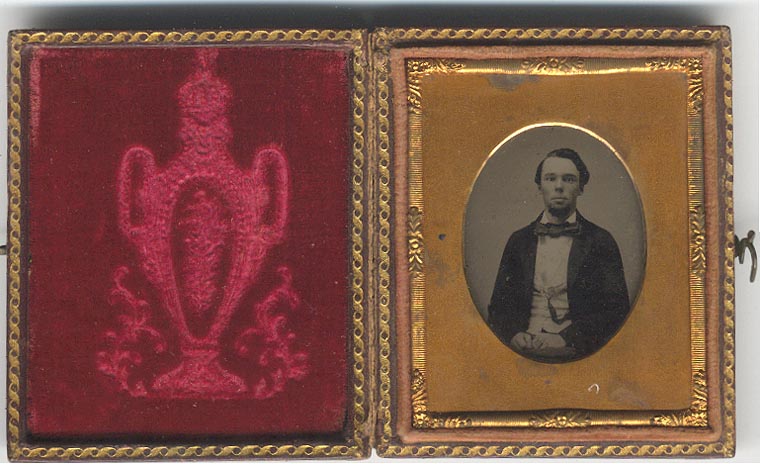Category: Noyes line
-
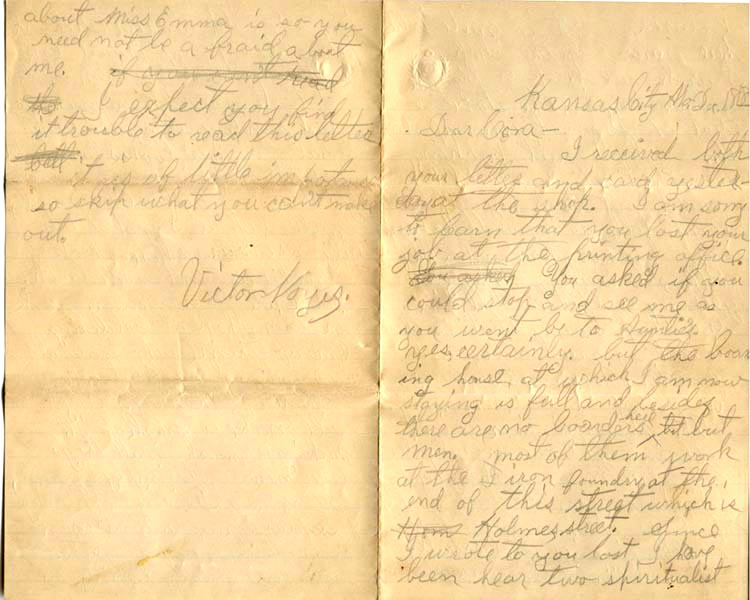
Victor Hugo Noyes to Cora Noyes, December 1883
The date on the letter looks like Dec 1887 but Victor died in 1886. The date has been determined to be 1883, it being known that Victor was working in a tin shop in Kansas City in March of 1884. “I have many more envelopes than letters, and none of the letters were enclosed in…
-
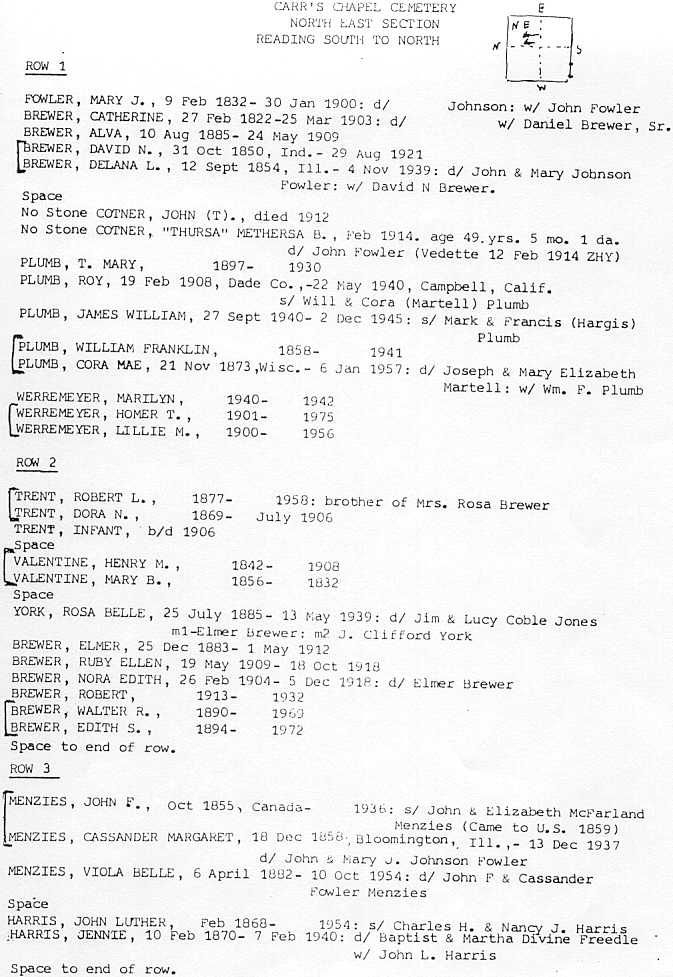
Carr’s Chapel Cemetery
Courtesy of Nancy Benton, this document shows the rows in which certain members of the Brewer family are buried at Carr’s Chapel Cemetery in Dade county, Missouri. In row 1 is Mary Johnson Fowler, wife of John Fowler (direct line), Catherine Hedden Brewer, wife of Daniel Levi Brewer (direct line), Alva Brewer, son of David…
-
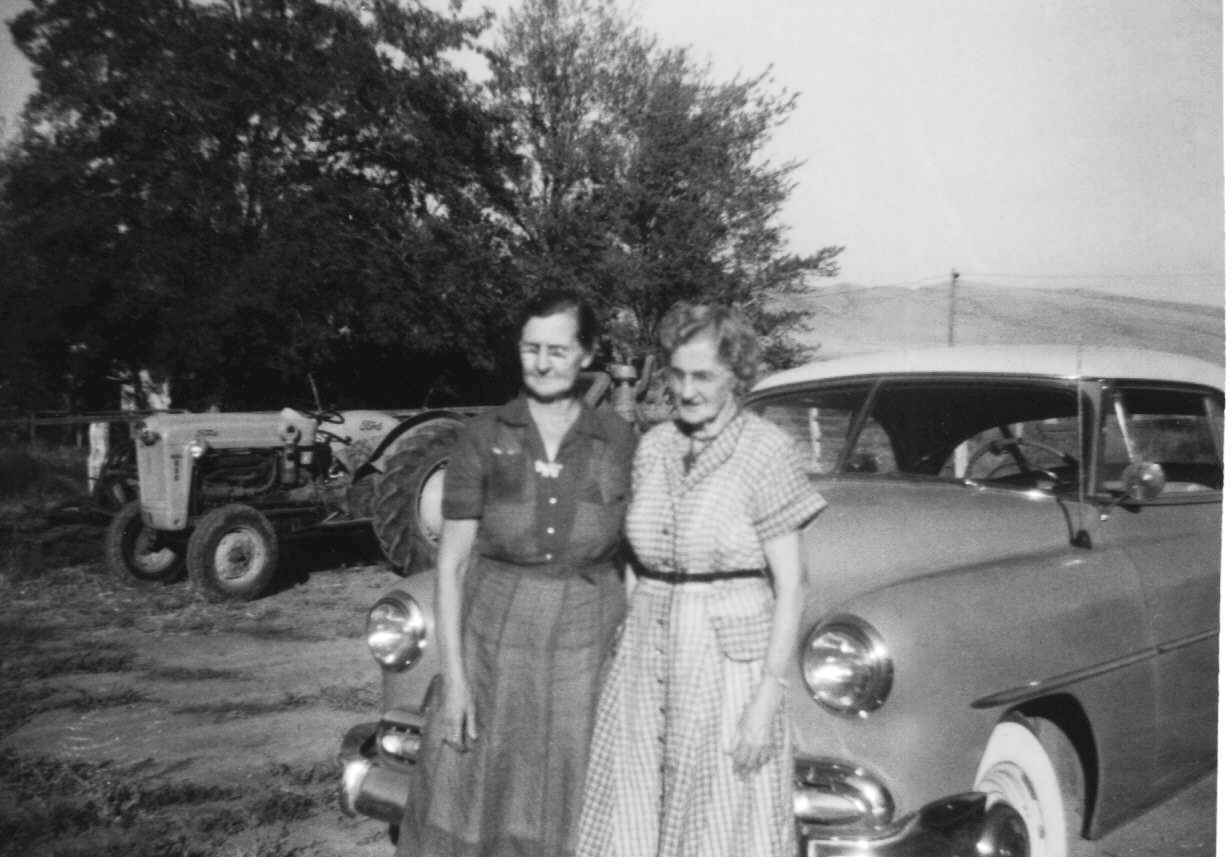
Bettie Brewer Noyes and Jessie
Bettie Brewer Noyes, wife of Ray Noyes of Liberal, Missouri, is seen here visiting her sister, Jessie, in Washington state.
-
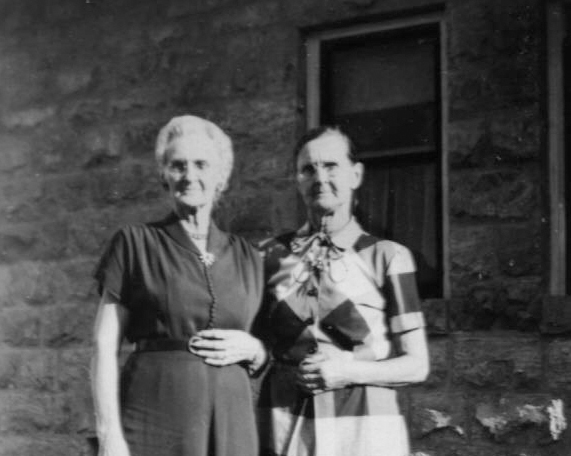
Bettie Brewer Noyes Visiting Jessie Brewer Jones in Washington State
Bettie Brewer Noyes, wife of Ray Noyes of Liberal, Missouri, is seen here visiting her sister, Jessie, in Washington state.
-

The Scagels
The following pages cover the Scagels concerning this blog, who eventually married into the Atwell family in 1830. Thanks to Nancy Benton for the pages. The Scagels Orson Patrick BRYAN, having married Sally, the daughter of George Scagel, the descendents of this marriage would also be part of the Scagel family. It has been a…
-

The Jones Family
Levy Jones and Jessie Brewer Jones are shown here. The identity of the child isn’t certain. Jessie was a sister of Bettie Brewer Noyes (this blog’s line) and daughter of David Nathaniel Brewer and Delana Fowler Brewer. The original photo is courtesy of Jim and Dieanna Swearngin.
-

Burton Jones
Burton Jones, son of John Levy Jones and Jessie Brewer (daughter of David Nathaniel Brewer and Delana Fowler) was a nephew of our Bettie Brewer Noyes. He was born Sept 24 1917 in Missouri, and died Nov 5, 1975 in Yakima, Yakima, Washington. He is buried at West Hills in Yakima, Washington. He served in…
-
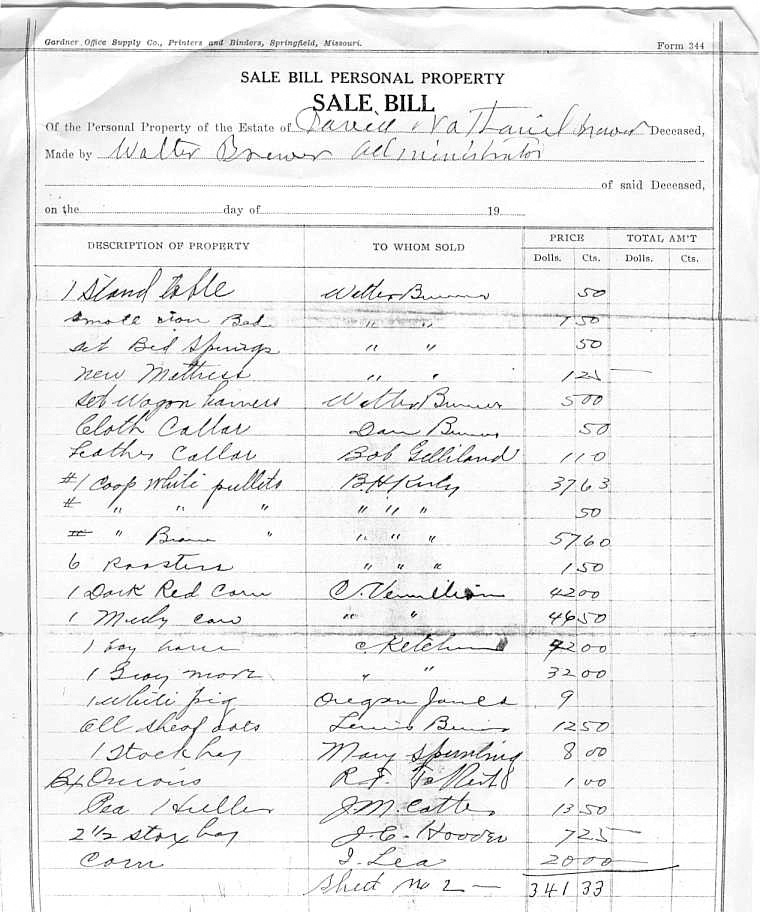
Personal Property of the Estate of David Nathaniel Brewer
Courtesy of Nancy Benton, we have papers listing the personal property from the estate of our David Nathaniel Brewer. Born Oct 31 1850 at Pleasant, Steuben, Indiana, David married Delana Fowler on March 1 1869 at Osage Mission, Neosho, Kansas. He died Aug 29, 1921 at Greenfield, Dade, Missouri.
-

Ray Noyes Family Gathering
Courtesy of Nancy Benton we have this photo of a Noyes family gathering in Liberal, Missouri circa 1932. From left to right: Jamie Noyes; Ray Noyes behind Mary Lou Noyes; Charles Bryant with Viola Noyes Harmon in front of him and Kathleen Bryant in front of Viola; Pansy Bryant, Lloyd McKinney with Dorothy in front…
